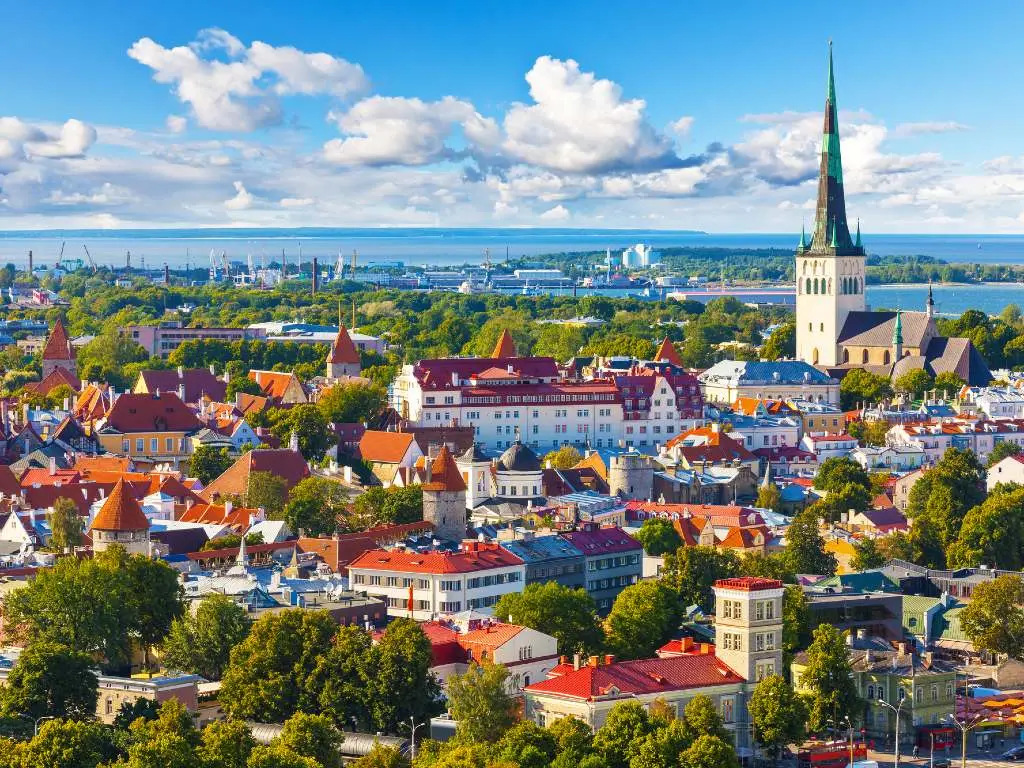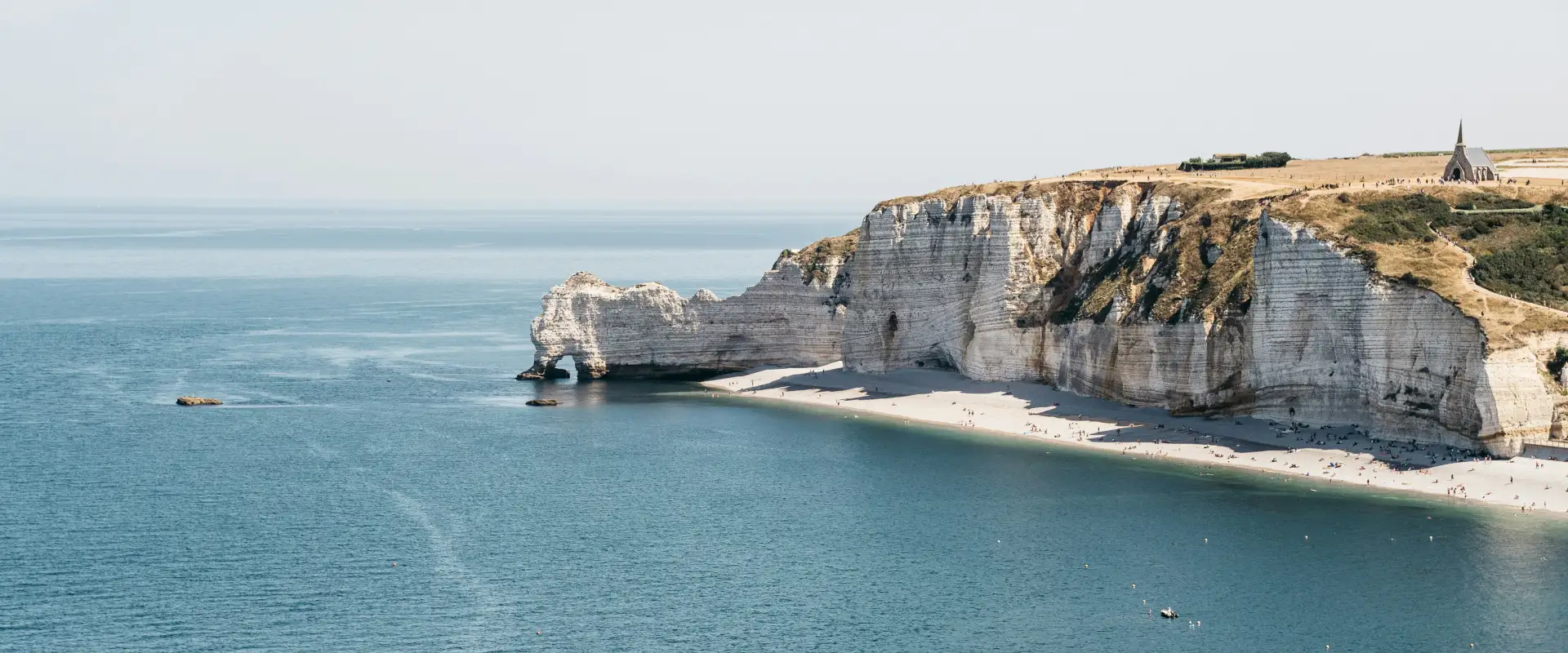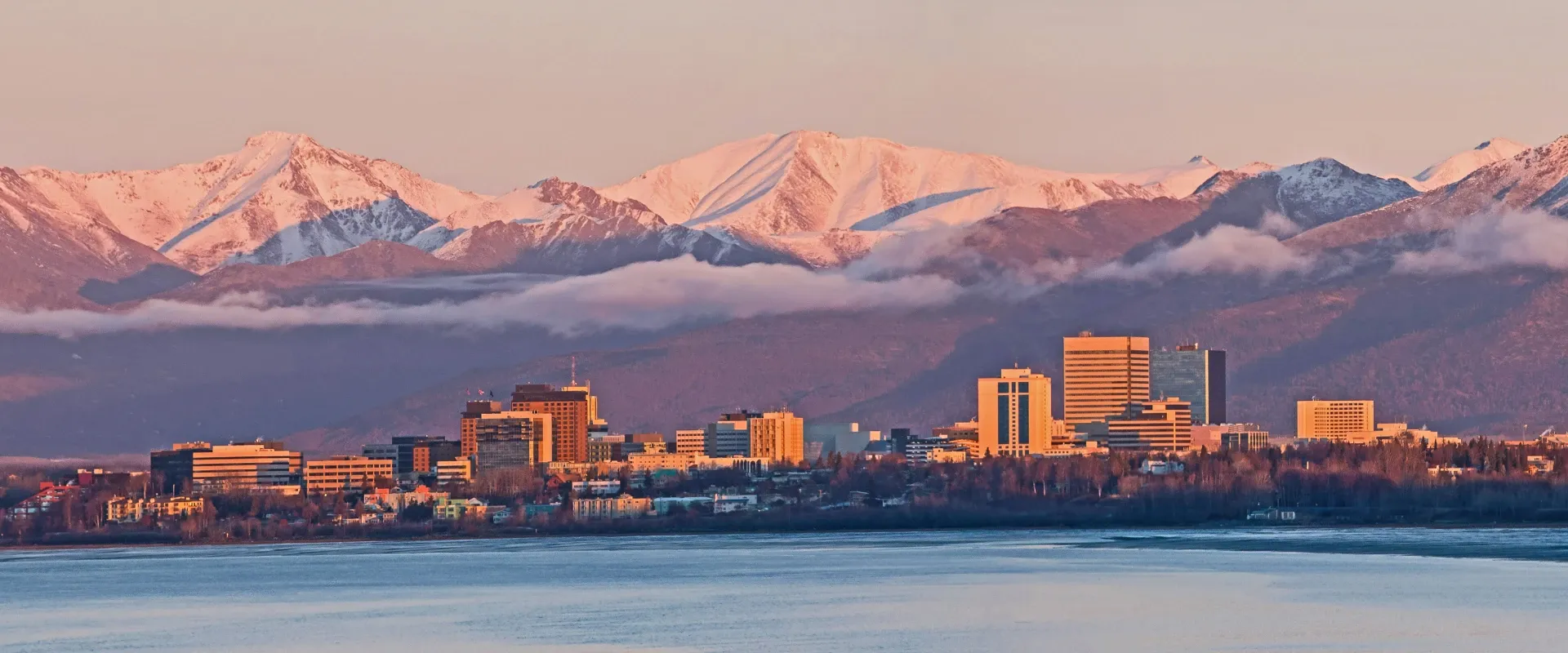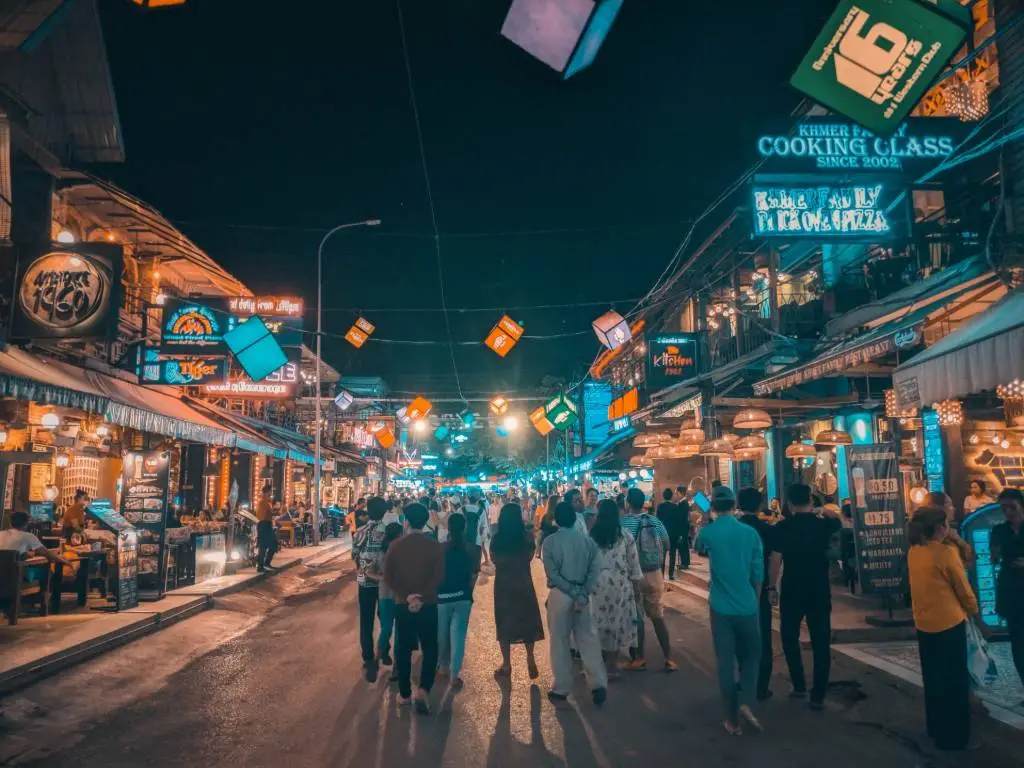
Estonia: The Baltic Nation With More Than 2,000 Islands
Often underestimated as being a small Baltic country sandwiched between Scandinavia and Russia, Estonia is undoubtedly so much more than that.
Forward thinking and pioneering creatively and technologically while keeping one foot firmly planted in its nature-loving pagan past, Estonia is a country of juxtapositions, with riddles ready to be unraveled by the savvy visitor. From forest to sea, medieval to modern, finding your own Estonia is always a delight.
Out of the USSR
As a former USSR member, Estonians are very keen to step out of their Russian neighbors' shadows and leap into the future. Estonians will tell you that, as a satellite of the USSR, their resources were drained and institutions left to crumble. Since gaining autonomy and independence in 1991, Estonian science, tech, and arts have flourished, so it’s easy to see why this legacy of terror is such a sore point for locals.
Additionally, this problematic relationship between the two countries wasn’t just a 20th-century situation. Estonian tribes such as the Sosols have been fighting off Russians since 1060 CE. The first military conflict came in 1558 when Ivan IV of Russia marched on Livonia, present-day Estonia, and Latvia. Estonia was engulfed by the Russian Empire again in 1721 when Sweden ceded its Baltic provinces (including Estonia) to Russia, which stayed for 200 years.
Where nature is king

You can be walking in any Estonian city, turn a few corners and find yourself lost in trees. Nature is everywhere, as this coastal country was once a huge forest. Indeed, 51% of mainland Estonia is still forested. Consequently, locals give huge respect to the environment and ecological issues.
The open air museums that show rural life from the not-so-distant past are a great way to tangibly experience this and Tallinn’s Eesti Vabaõhumuuseum is the best example in the country. Borrow a bicycle and work your way around the farmhouses, fisheries, homesteads, and delightful windmills. Chat with the farmers and fishermen (local historical re-enactors) for the full time-travel, nature-loving experience.

This reverence for nature extends to spirituality. Ask any Estonian and they’ll be quite happy to tell you about the neo-paganism that is deeply intertwined with Estonian history, and which some locals still believe in. Taarausk (which means Taara faith) and Maarausk (faith in land) have made a comeback after centuries of Estonians having multiple faiths forced upon them by various invaders.
This faith lives through stories, pilgrimage sites, and even the odd bit of witchcraft. A great time to experience this is Midsummer’s Eve and Midsummer’s Day, two of the most important dates on the Estonian calendar. The celebrations involve traditional activities such as jumping over bonfires (in the hope of calling in prosperity and warding away bad luck) and collecting nine different types of flowers and placing them under your pillow that night for a dream that will reveal your future spouse.
“I just can’t get enough”
Goth, metal, and moody electronica are popular across Eastern Europe and Estonia is no exception. There’s even a bar in Tallinn that plays music by Depeche Mode and Depeche Mode only, so it’s a good thing they’ve got 14 studio albums, 7 live albums, and 10 compilation albums to get through.
The bar opened in 1999 and is still going strong, frequented by diehard DM fans as well as locals and tourists, but it’s never totally packed which makes you wonder how they’ve staved off rising property prices. Faith and devotion? (Sorry, DM joke.) It’s not just the music in here that’s themed, though. The screens show videos, documentaries, interviews, all things Depeche Mode, and the drinks are named after the band's songs.
The Silicon Valley of Europe?

After the Second World War and until its departure from the USSR, Estonia lost many of its great scientists and skilled professionals to Russia, America, and China, in a “brain drain” as workers sought more favorable living conditions. Since joining the EU and thanks to a government introduced national agenda, the opposite is now in effect, with Estonia experiencing a “brain gain” and a boom in the promotion of scientific innovation. This is evident in the wealth of science and technology universities that received floods of research funding, or institutions such as AHHAA Science Centre in Tartu, the largest science institute in the Baltic that provides interactive science learning for the public.
Estonia is also the birthplace of some world-renowned tech companies; most notably Skype and TransferWise. Estonia was the first country in the world to offer a digital nomad visa, following the successful introduction of their e-residency program, which invites citizens of the world to start their own businesses in Estonia.
Picture perfect preservation

Estonia is awash with incredible medieval architecture. A fine example is Narva Museum, a 13th-century palace on the banks of the Narva River which serves as Estonia’s eastern border with Russia. Põltsamaa Castle is another gem, built in 1272 to fortify the local area against attack.
But it’s the capital city of Tallinn that really takes the cake; its 13th-century walls and turrets, city hall, townhouses, guildhalls, and marketplaces miraculously survived the ferocious history of Eastern Europe and are known today to be some of the best examples of medieval market town buildings in the world.
The House of Blackheads has the most decorated, colorful gate in town, historically welcoming unmarried traders who defended the city in times of battle (something like a Baltic “Night’s Watch”) and the Great Guild Hall opposite is also impressive with its gothic vaulted ceilings, now home to the Estonian History Museum.
Sauna 101
While Finland tends to take the credit as sauna capital, the history of saunas in northern Europe dates back to 2,000 BCE with equally strong traditions found in Estonia, Latvia, and Russia, too. With Estonian smoke saunas being recently added to UNESCO's List of the Intangible Cultural Heritage of Humanity, the country definitely has a fair claim to that title.
Estonians are as proud of this hot and sweaty pastime as their neighbors, but their public saunas tend to be larger, community spaces where you can bake your cares away collectively in a dry or smoke-filled sauna before taking a plunge in an extremely cold pool.
The saunas are usually split into men’s and women’s areas as folks traditionally go naked and getting a local to beat you with birch leaves (to raise the heat) is a pretty seminal sauna experience. There are some top ones to visit in Pärnu, Tartu, and Tallinn, but you’ll find them in just about every town.
Foodie foraging
While a completely carnivorous option, blood sausage, is the national delicacy and smoked fish is regularly on the menu, Estonia also has great veggie friendly treats to try, like delicious dark rye breads and the tasty local favorite mulgipuder, a porridge of potato and groats (the hulled kernels of grains like oat and rye). These grainy delights stem from a history of foraging and resourcefulness during centuries of foreign occupation, which makes the flavors all the sweeter.
Savory pies are also popular and if you like your tasty carrot pies served by historical reenactors in a dark, little time warp but sure to check out Ill Draakon in downtown Tallinn. Tallinn also has some incredible vegan restaurants such as the creatively named Vegan Restoran V that takes haute cuisine, fine dining and makes it their own, or the more casual but equally as tasty Vegan Inspiratsioon.
Craft beer lovers will also be pleased to know that Estonia has a strong tradition of independent brewing which has made a comeback in recent years, with microbreweries such as the unmissable Põhjala Tap Room leading the way.
Artfully done
Estonia’s capital city, like so many capital cities, is brimming with great galleries, full of tech-heavy futuristic art, thematically found where socialism meets capitalism.
Some Tallinn stalwarts such as Draakoni, Vaal, and OKAPI galleries are known for exhibiting graphic arts and photography, while newer spaces like Tallinn Art Space focus on the more contemporary side of things with regular video installations and large scale conceptual pieces. Plus, there are also the more business-minded outlets like ARTSTAC who sell Estonian paintings to an international market of art collectors. Be sure to check out some of these smaller galleries as well as the fantastic larger art museums, KUMU and EKKM.
Island hopping galore

Estonia has more than 2,000 islands in the Baltic Sea and Gulf of Finland, with myriad experiences from seal watching in Prangli, lighthouse exploring on Hiiumaa, spa days on Saaremaa, or folk-singing festivals on Kihnu.
Public transport can be slow and infrequent so you’re really best off hiring a car, but once you do, the Estonian islands are your oyster as most are just a short ferry ride away from the mainland’s western coast.
Having a song and dance
The Estonian Song Festival and the Estonian Dance Festival are held every five years and celebrate all that is folk music and movement. This spectacular festival first took place in Tartu in 1869 and is more than just a party. The festivals are also a huge celebration of Estonian national identity, its traditions, and pride (which, for a country that was so regularly occupied throughout history, has come to mean a lot to its citizens).
For tourists it’s also vastly enjoyable, as being the largest choral festival in the world, the performances are moving and impressive no matter where you come from. The next festival is due in 2024 but if you can’t wait that long, check out Tartu’s Song Festival Museum focused on the great event.
See Going's deals on flights to Estonia, and join today to get cheap flights delivered right to your inbox.
Check out more destinations in Europe:
Last updated September 10, 2024









